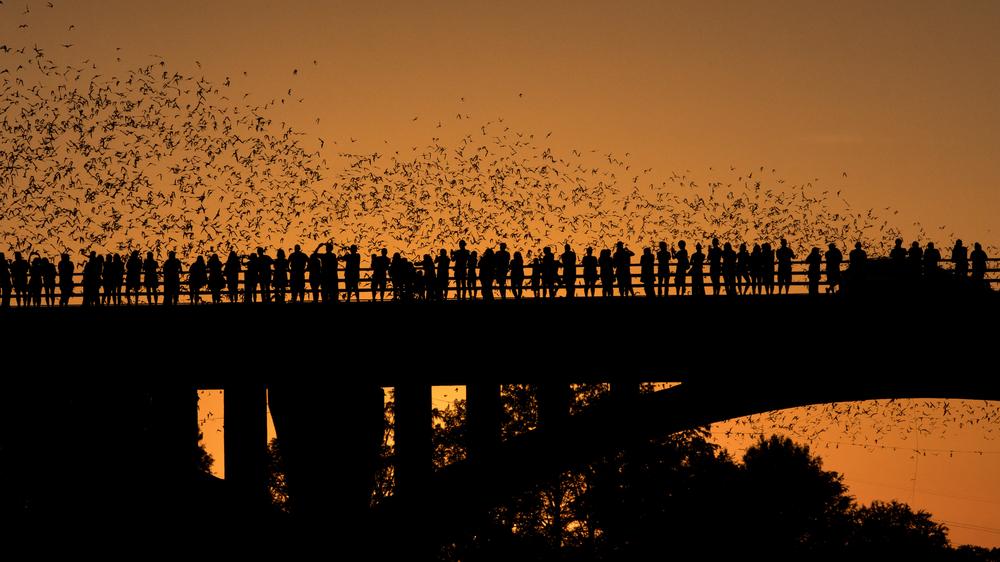Lesen Sie diesen Text hier auf Deutsch.
I am deeply concerned about how various sensationalistic reports on bats carrying viruses have recently triggered the fear of these mammals. Especially given that bats are worth billions of dollars to human economies (Sciencemag: Boyles et al., 2011) and are essential to the health of entire ecosystems upon which we depend. Yet bats are among our planet’s most endangered wildlife. Scary speculation aside, they also have an extraordinary record of not transmitting diseases to humans. Instead of fearing bats, we should fear their loss.
Bats can indeed transmit deadly diseases like rabies and the Nipah virus to humans, though transmission is exceedingly rare and easily avoided. Risks have been greatly exaggerated because fear is lucrative in grant-getting publicity. There is still no documentation of bat origins for either SARS (Nature: Racey et al., 2018) or Ebola (Viruses: Leendertz, 2016), though this has been repeatedly reported as fact. It's time to put such misplaced fear in perspective.
Even if we were to assume that all human deaths from the major so-called "emerging diseases," – i.e. viruses like Hendra, Nipah, Ebola, Marburg, SARS and MERS – came from bats in the past four decades, we would still have fewer than 20,000 fatalities. These numbers are trivial compared to losses from far more easily preventable health threats such as obesity.
Claims that bats are the world’s most dangerous harbingers of deadly pathogens are deceptive (Issues in Science and Technology: Tuttle, 2017). New viruses can be found wherever we look (Virology blog: Racaniello, 2013). Recent reports of large numbers of coronaviruses found in colonial bats (Virus evolution: Anthony et al., 2017) are meaningless without far greater investigation. Most viruses are innocuous; indeed, some are likely essential to our very survival. However, when they are discovered in bats, they are too often prematurely publicized as dangerous. Historically, great pandemics have come from birds, rodents or primates, not bats (MPH Online, 2018).
Finally, the fact that bats can survive exposure to deadly pathogens like Ebola doesn’t necessarily mean they are reservoirs for human outbreaks. When fruit bats were infected in lab experiments, they survived without becoming sick. But they also did not shed the virus, meaning they were unlikely to be infectious (Viruses: Paweska et al., 2016). Furthermore, there is no evidence of disease outbreaks among people who eat bats or live in cities co-occupied by huge bat colonies. For anyone who simply doesn’t attempt to handle bats, the odds of contracting a disease from one are close to zero.
People seldom protect and often kill animals they fear, and colonial bats are among the most vulnerable. Our real concern should focus on how we may be harmed by the loss of bats given that so many bat species are already endangered.
Lesen Sie diesen Text hier auf Deutsch.
I am deeply concerned about how various sensationalistic reports on bats carrying viruses have recently triggered the fear of these mammals. Especially given that bats are worth billions of dollars to human economies (Sciencemag: Boyles et al., 2011) and are essential to the health of entire ecosystems upon which we depend. Yet bats are among our planet’s most endangered wildlife. Scary speculation aside, they also have an extraordinary record of not transmitting diseases to humans. Instead of fearing bats, we should fear their loss.
